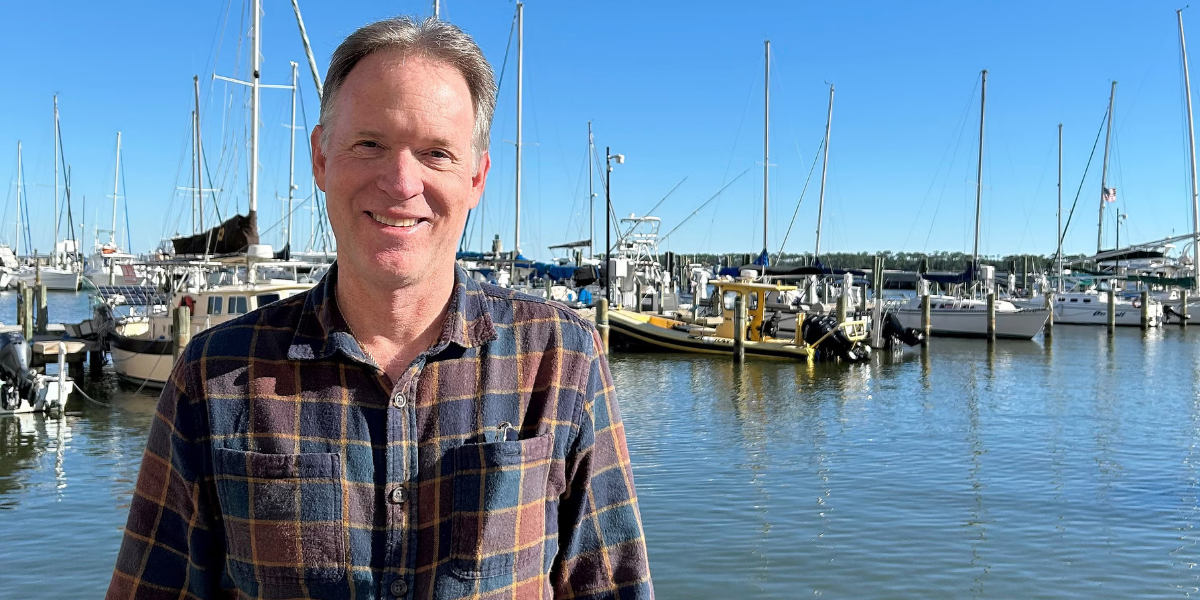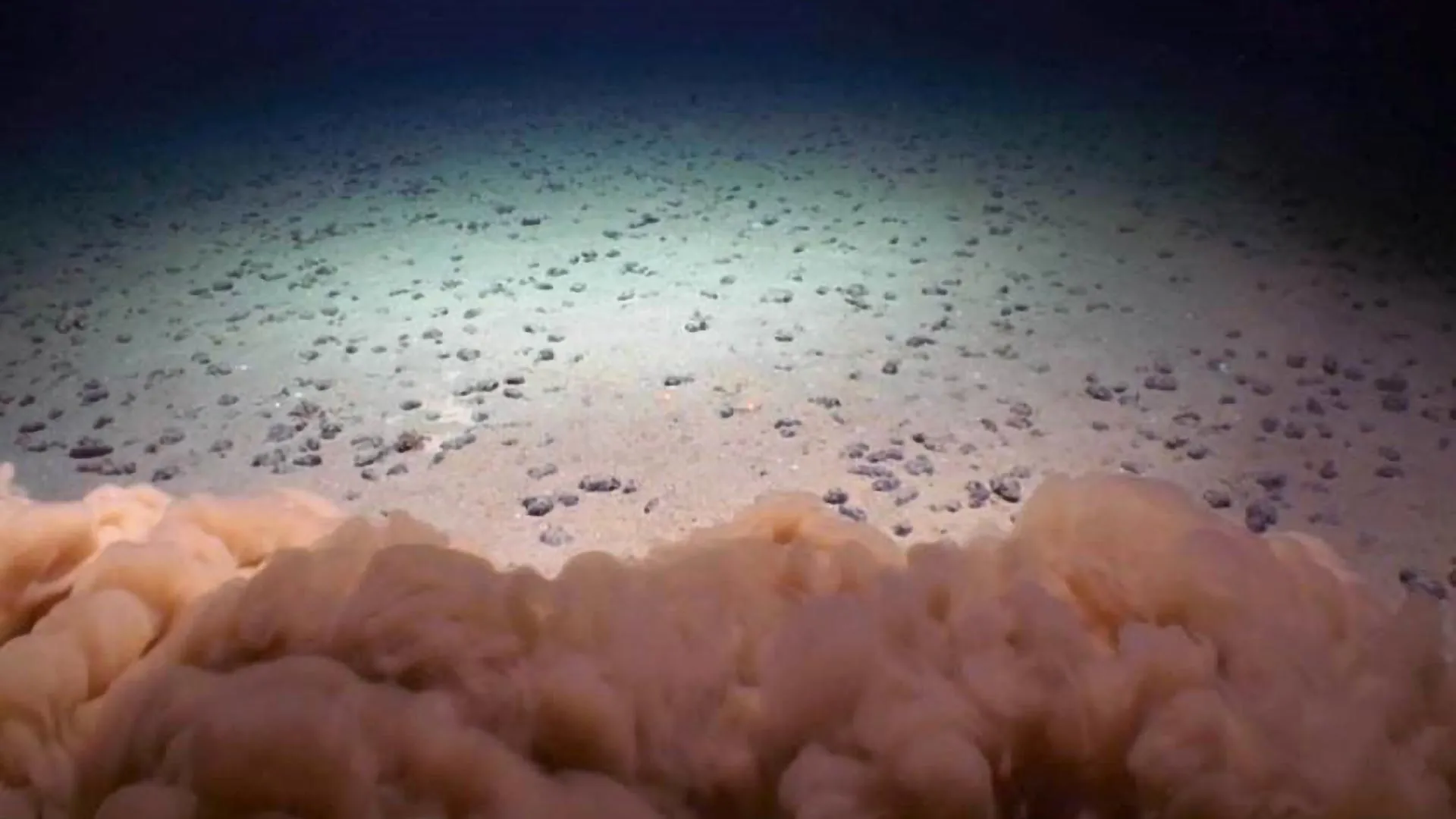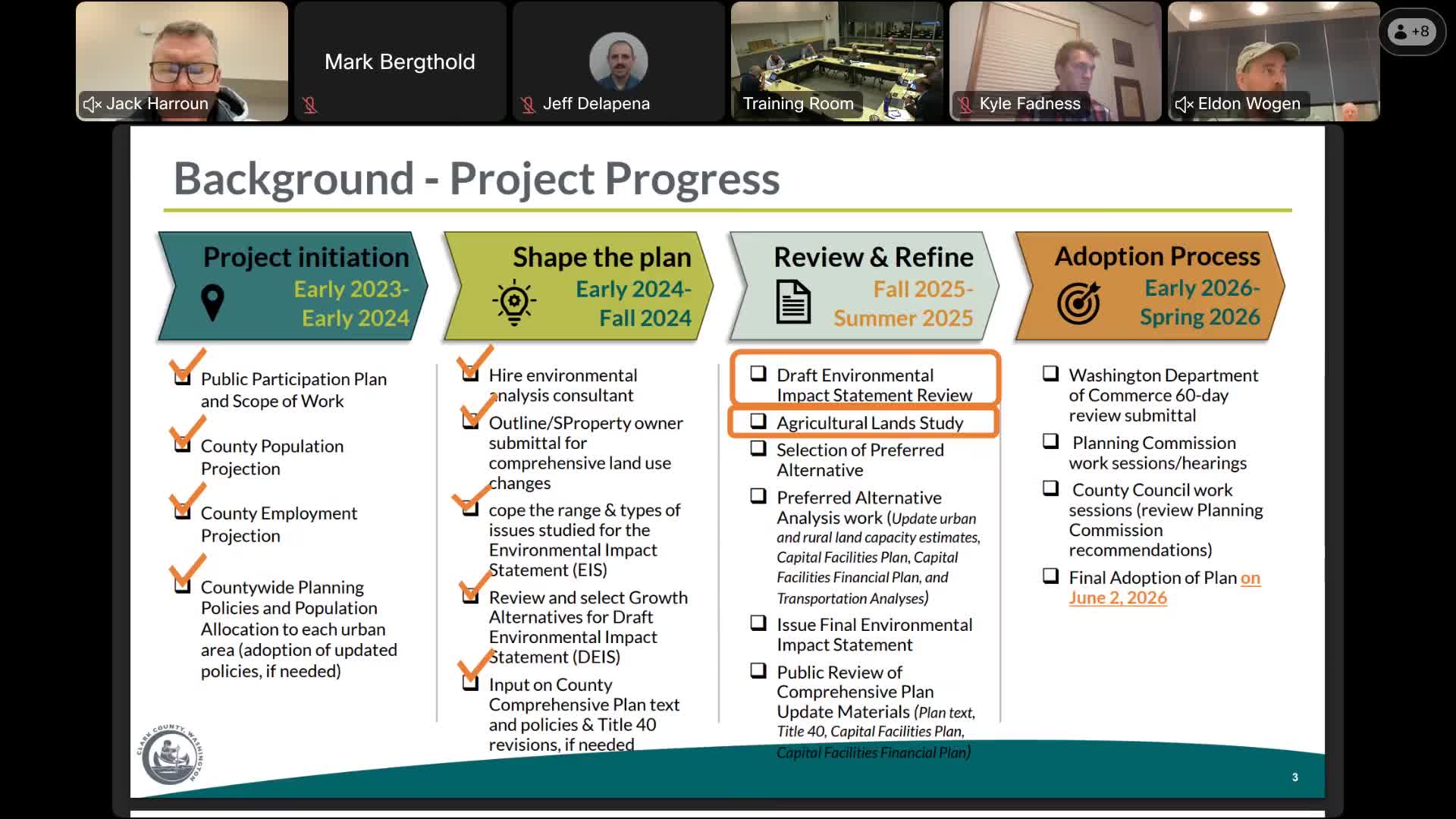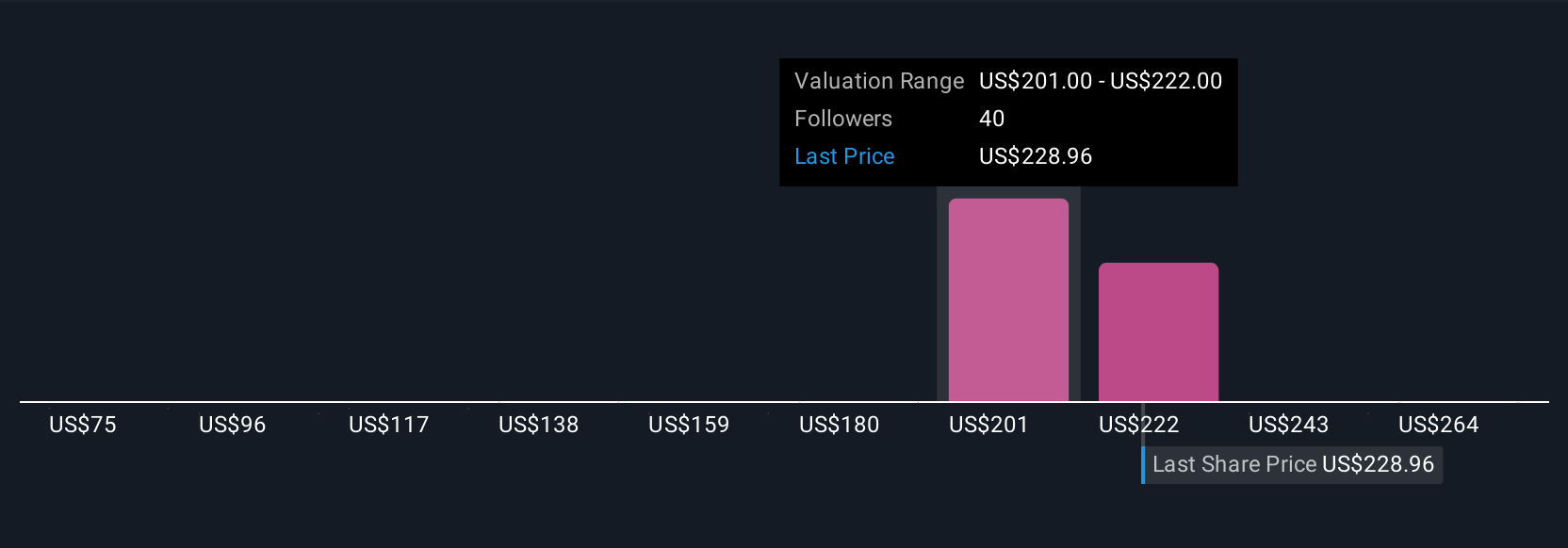Vineyard Wind 1 Expects to Reach Full Commercial Operations by End of 2025 – The Maritime Executive
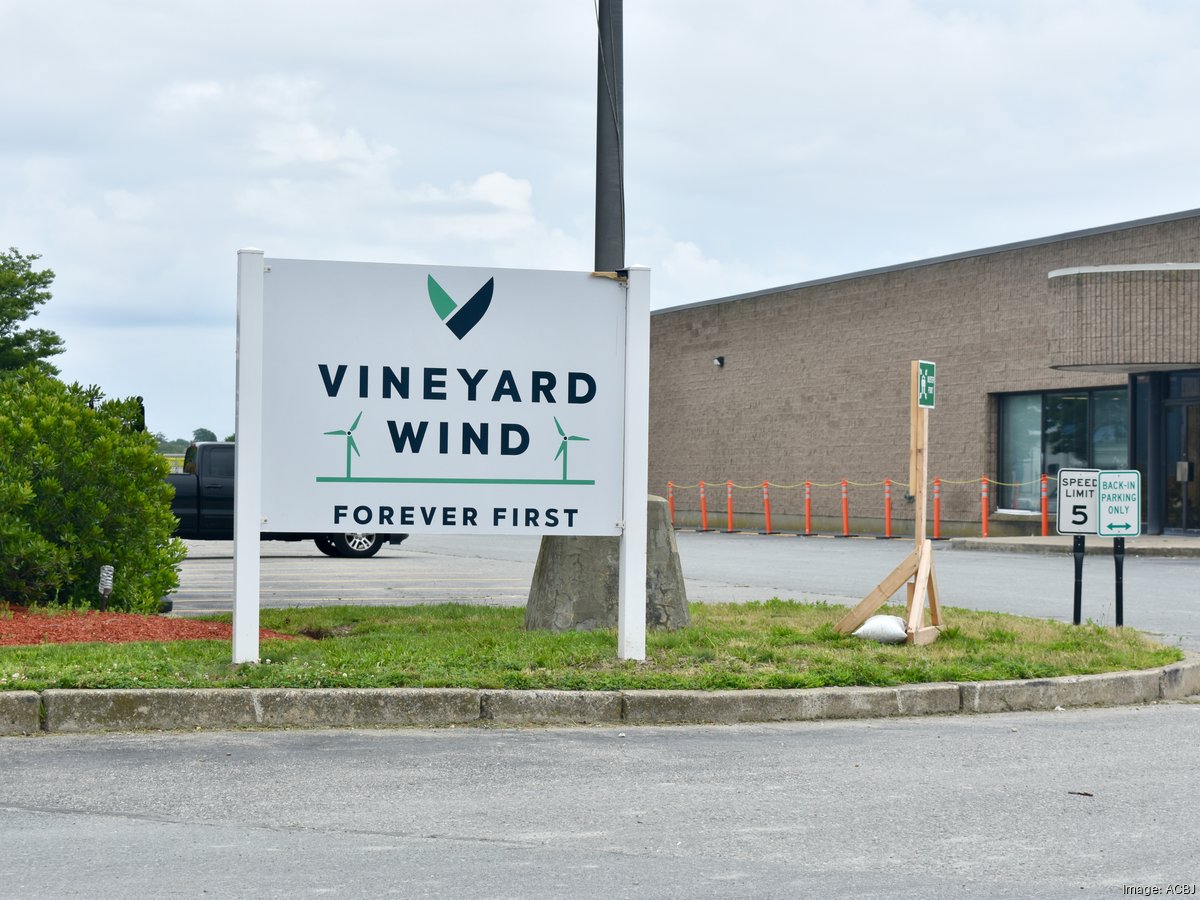
Vineyard Wind 1 Project: Progress Report on Sustainable Development Goals
Project Status and Contribution to SDG 7 (Affordable and Clean Energy)
- The Vineyard Wind 1 offshore wind project is demonstrating significant progress towards its operational goals, directly advancing SDG 7 by increasing the share of renewable energy in the national energy portfolio.
- According to a mid-year financial presentation by Iberdrola, the project’s commercial operations date is now projected for the end of 2025.
- Current operational capacity stands at approximately 241 MW, representing 30% of the project’s total planned capacity of 806 MW.
- This output is generated by 17 turbines that are actively exporting power to the Massachusetts electric grid, contributing to a sustainable energy future and combating climate change in line with SDG 13 (Climate Action).
Infrastructure Development and Resilience (SDG 9)
- The project showcases the development of resilient and innovative energy infrastructure, a key target of SDG 9 (Industry, Innovation, and Infrastructure).
- As of the latest report, 23 of the 62 planned turbines are fully installed, a substantial increase from four reported in May 2025. A total of 47 foundations and transition pieces are in place.
- Progress has accelerated following a manufacturing setback involving materials defects in turbine blades discovered in July 2024.
- To resolve the issue and ensure long-term infrastructure quality, the project has pivoted to sourcing replacement blades from a manufacturing facility in France.
- All blades previously manufactured at the GE Vernova facility in Canada are subject to rigorous inspection and replacement as mandated by U.S. regulators, ensuring the project’s safety and durability.
Economic Growth and Sustainable Communities (SDG 8 & SDG 11)
- The construction and staging activities for Vineyard Wind 1 are fostering local economic growth, supporting SDG 8 (Decent Work and Economic Growth).
- The New Bedford Marine Commerce Terminal serves as a critical base and staging area for the project, with barges making at least 15 trips with components since June.
- The project’s lease on the terminal has been extended to June 2026, indicating sustained economic activity and employment in the region.
- By supplying clean power to Massachusetts, the project enhances the sustainability of community energy systems, aligning with the objectives of SDG 11 (Sustainable Cities and Communities).
Partnerships and Future Outlook for Regional Clean Energy (SDG 17)
- Vineyard Wind 1 exemplifies SDG 17 (Partnerships for the Goals), being a joint venture between Avangrid (part of Spain’s Iberdrola) and Copenhagen Infrastructure Partners.
- The project is one of a limited number of offshore wind developments currently under construction in the United States, alongside Ørsted’s Revolution Wind project (704 MW).
- Future regional projects face market uncertainties. Iberdrola’s next project, New England Wind 1 (791 MW), has secured federal permits but has not finalized state-level power purchase agreements.
- Similarly, the SouthCoast Wind project, developed by EDP Renewables and ENGIE, is also seeking to delay its timeline, highlighting the complex partnership and market dynamics influencing the broader transition to clean energy.
1. Which SDGs are addressed or connected to the issues highlighted in the article?
- SDG 7: Affordable and Clean Energy – The article’s central theme is the development of Vineyard Wind 1, a large-scale offshore wind farm designed to generate clean, renewable electricity for the Massachusetts grid.
- SDG 9: Industry, Innovation, and Infrastructure – The text details the construction of significant new energy infrastructure (turbines, foundations, marine terminal). It also touches on industrial processes and innovation through the discussion of manufacturing defects in turbine blades and the subsequent solution.
- SDG 13: Climate Action – By generating 806 MW of power from a renewable source, the wind farm is a direct measure to combat climate change by reducing reliance on fossil fuels and lowering greenhouse gas emissions.
- SDG 8: Decent Work and Economic Growth – The project stimulates economic activity through construction, logistics, and the leasing of local facilities like the New Bedford Marine Commerce Terminal, implying job creation and investment.
- SDG 11: Sustainable Cities and Communities – The project contributes to making communities more sustainable by providing a clean power source for the electric grid in Massachusetts, thereby reducing the urban environmental footprint.
2. What specific targets under those SDGs can be identified based on the article’s content?
-
SDG 7: Affordable and Clean Energy
- Target 7.2: “By 2030, increase substantially the share of renewable energy in the global energy mix.” The entire article focuses on the progress of the Vineyard Wind 1 project, an 806 MW offshore wind farm. Its construction and operation directly contribute to increasing the proportion of renewable energy in the regional and national energy supply.
- Target 7.a: “By 2030, enhance international cooperation to facilitate access to clean energy research and technology… and promote investment in energy infrastructure and clean energy technology.” The project is a joint venture between Avangrid (owned by Spain’s Iberdola) and Copenhagen Infrastructure Partners, showcasing international investment. The use of blades manufactured in Canada and later France also points to an international supply chain for clean energy technology.
-
SDG 9: Industry, Innovation, and Infrastructure
- Target 9.1: “Develop quality, reliable, sustainable and resilient infrastructure… to support economic development and human well-being.” The construction of the 62-turbine wind farm is a clear example of developing new, sustainable energy infrastructure. The article’s focus on overcoming manufacturing defects to ensure the project’s reliability speaks to the “quality” and “resilient” aspects of this target.
- Target 9.4: “By 2030, upgrade infrastructure and retrofit industries to make them sustainable… and greater adoption of clean and environmentally sound technologies and industrial processes.” The wind farm itself represents the adoption of a clean technology. The issue with the GE Vernova blades and the switch to blades from France reflects the challenges and adaptations within industrial processes for these new technologies.
-
SDG 13: Climate Action
- Target 13.2: “Integrate climate change measures into national policies, strategies and planning.” The article notes that Vineyard Wind 1 is one of the few offshore wind projects underway, highlighting it as a tangible outcome of policies aimed at developing renewable energy to combat climate change, despite political hurdles mentioned (“Trump administration’s efforts to derail the industry”).
3. Are there any indicators mentioned or implied in the article that can be used to measure progress towards the identified targets?
-
For SDG 7 (Target 7.2)
- Indicator: Installed renewable energy generating capacity. The article provides specific figures that can be used to measure this.
- Total planned capacity: 806 MW
- Current generating capacity: 241 MW (approximately 30% of full capacity)
- Number of turbines installed and operating: 17 turbines are exporting power, and 23 are fully installed out of a total of 62.
- Indicator: Installed renewable energy generating capacity. The article provides specific figures that can be used to measure this.
-
For SDG 9 (Target 9.1)
- Indicator: Investment in and completion of sustainable infrastructure. The article provides several data points that act as progress indicators.
- Number of foundations installed: 47 foundations and transition pieces were installed as of a year ago.
- Number of turbines installed: The article states 23 are fully installed, up from 10 a year prior, showing the pace of construction.
- Use of supporting infrastructure: The project’s lease on the New Bedford Marine Commerce Terminal has been extended to June 2026, indicating sustained use and investment in local infrastructure.
- Indicator: Investment in and completion of sustainable infrastructure. The article provides several data points that act as progress indicators.
-
For SDG 13 (Target 13.2)
- Indicator: Number of countries that have communicated the establishment or operationalization of an integrated policy/strategy/plan which increases their ability to adapt to the adverse impacts of climate change.
- The article implies progress by describing the operational status of Vineyard Wind 1 and the permitting of New England Wind 1 (791 MW), which serve as concrete examples of such strategies being implemented in the United States, specifically in the New England region.
- Indicator: Number of countries that have communicated the establishment or operationalization of an integrated policy/strategy/plan which increases their ability to adapt to the adverse impacts of climate change.
4. Table of SDGs, Targets, and Indicators
| SDGs | Targets | Indicators Identified in Article |
|---|---|---|
| SDG 7: Affordable and Clean Energy | 7.2: Increase substantially the share of renewable energy. | Total planned capacity (806 MW); Current power output (241 MW); Number of operational turbines (17 out of 62). |
| SDG 9: Industry, Innovation, and Infrastructure | 9.1: Develop quality, reliable, sustainable and resilient infrastructure. | Number of turbines installed (23); Number of foundations installed (47); Lease of New Bedford Marine Commerce Terminal extended to 2026. |
| SDG 13: Climate Action | 13.2: Integrate climate change measures into national policies, strategies and planning. | The operational status of the Vineyard Wind 1 project and the federal permitting of the New England Wind 1 project. |
| SDG 8: Decent Work and Economic Growth | 8.2: Achieve higher levels of economic productivity through diversification, technological upgrading and innovation. | Implied through the scale of the project (62 turbines), logistics operations (15 barge trips since June), and use of a major marine terminal. |
| SDG 11: Sustainable Cities and Communities | 11.6: Reduce the adverse per capita environmental impact of cities. | The project is supplying clean power (currently 241 MW) to the electric grid in Massachusetts. |
Source: maritime-executive.com

What is Your Reaction?
 Like
0
Like
0
 Dislike
0
Dislike
0
 Love
0
Love
0
 Funny
0
Funny
0
 Angry
0
Angry
0
 Sad
0
Sad
0
 Wow
0
Wow
0







































